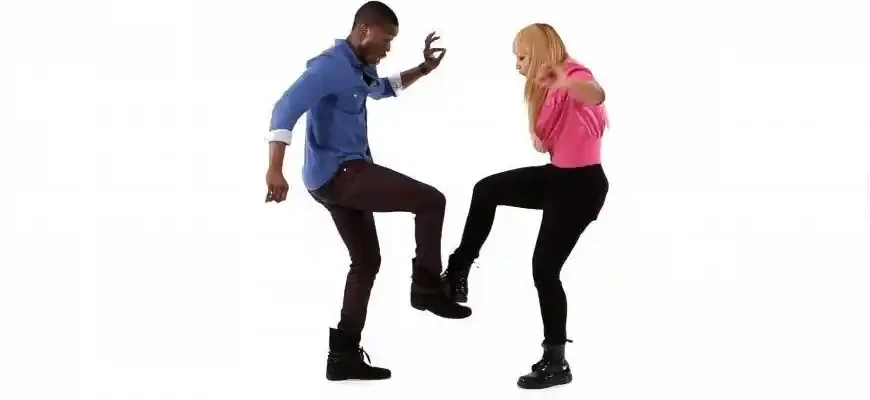Dancing is one of those activities that seems to have been with us from the very beginning of human existence. It’s a form of expression, an art, a sport, and, for many, a lifestyle. Whether you’re looking to dance to improve your health, express your emotions, or simply have fun, starting is easier than you might think. But like any new activity, it comes with its hurdles—both mental and physical—that require a little patience, consistency, and guidance.
This guide will walk you through the essentials of how to start dancing, offering insights from medical, sociological, and psychological research, as well as personal experiences, so you have a well-rounded view of what’s involved.
Why Dance? The Benefits
Let’s begin with the science. Why should you even consider dancing? Well, for starters, dance offers a wide range of benefits—physical, mental, and social.
- Physical Health Benefits:
- Cardiovascular Fitness: Dance is an excellent cardiovascular workout. Whether it’s salsa, jazz, or ballet, your heart rate will increase, and over time, this can improve your heart health and stamina.
- Muscle Strength: Dance involves dynamic movements that require strength. Many forms of dance, like hip-hop or contemporary, work various muscle groups, improving strength, flexibility, and endurance.
- Bone Health: Studies have shown that dance can improve bone density, particularly weight-bearing activities like ballroom dancing, which is great for those concerned about osteoporosis.
- Weight Management: Just like any physical activity, regular dancing can help you burn calories. The faster-paced styles like salsa or swing are particularly great for calorie burning.
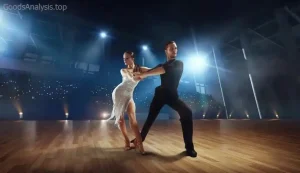
- Mental and Emotional Benefits:
- Reduced Stress and Anxiety: A review of over 60 studies on dance therapy found that dancing can reduce symptoms of depression and anxiety. The act of moving rhythmically to music helps lower cortisol levels (the stress hormone) and release endorphins, leading to feelings of happiness.
- Cognitive Function: Dance, especially learning new choreography, can help keep the brain sharp. Some studies have even shown that dancing regularly can reduce the risk of dementia in older adults, as it stimulates neuroplasticity (the brain’s ability to form new neural connections).
- Emotional Expression: Dance can provide an emotional outlet for self-expression, especially in genres like contemporary or lyrical dance. It’s a great way to process emotions you might not have words for.
- Social Benefits:
- Building Community: One of the best things about dancing is that it’s a social activity. Whether it’s a group dance class or social dances like ballroom or salsa, dancing brings people together. It can be an excellent way to meet new people and make lifelong friendships.
- Cultural Exposure: Dance often reflects cultural traditions. When you learn different dance styles, you’re exposed to new cultures and histories, which can broaden your worldview and appreciation of others.
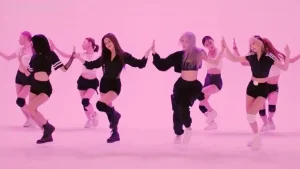
The First Step: Getting Started
So now that you’re aware of the benefits, let’s talk about how to actually start. If you’re over the age of 50 (or any age, really), there’s a chance you might be feeling a little nervous about starting something new—especially when it involves physical activity. But don’t worry! Here’s how to take your first steps:
- Choose Your Style:
The first decision you’ll need to make is what kind of dance you want to try. Some of the most popular styles for beginners include:
- Social Dances: Styles like salsa, tango, and ballroom are all great for newcomers. They’re often done in pairs, which can make them easier to learn socially.
- Hip-Hop: If you’re looking for something energetic and modern, hip-hop might be your choice. It’s less formal and can be learned from videos or online classes.
- Ballet: Ballet offers excellent foundational skills, including balance, flexibility, and coordination. It’s great for overall body awareness.
- Contemporary: For emotional expression through movement, contemporary dance is a great choice. It combines elements from modern, jazz, and ballet.
- Zumba: For a high-energy workout disguised as a dance party, Zumba is fantastic. It’s fun, and you can do it anywhere—from a local gym to your living room.
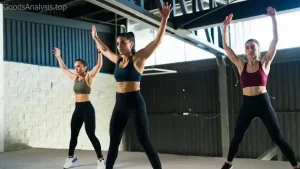
- Start with the Basics:
It’s important to start slow and build your way up. Even if you’re an adult beginner, most dance styles can be broken down into simple movements that you can practice at home or in a beginner class. Here are some tips:
- Focus on Posture: Good posture is the foundation of dance. Many beginners overlook this, but how you stand can affect your movements and help prevent injury.
- Work on Flexibility: Stretching is essential. Tight muscles can limit your range of motion and increase the risk of injury.
- Practice Regularly: Just like anything else, practice is key. Even 15–20 minutes a day can make a significant difference over time.
- Find a Class or Online Resource:
You don’t have to go this alone. You can join dance classes at a local studio or community center. If you prefer learning from the comfort of your own home, there are plenty of online dance tutorials and classes available (YouTube is a goldmine for free lessons).
Overcoming the Common Hurdles
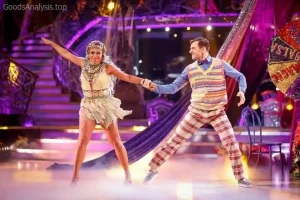
While starting to dance is exciting, it’s also normal to face challenges along the way. Let’s address some common roadblocks and how to overcome them:
- Fear of Looking Foolish:
Many people feel self-conscious when they begin learning something new, especially in a public setting. Here’s the thing: everyone starts somewhere. Even professional dancers were once beginners. The key is to focus on progress, not perfection. Dance is about joy and movement, not about impressing anyone else. If you’re uncomfortable at first, try classes with small groups or private lessons to build confidence. - Physical Limitations:
If you have existing health conditions or are older, you might be worried about injuring yourself. The best advice here is to listen to your body. Start with low-impact dance forms like ballroom, Zumba, or even gentle stretching and yoga-based dance. Always consult with your doctor before starting a new physical activity, especially if you have joint problems or heart conditions. - Time Constraints:
Life is busy, and it’s easy to think that you don’t have enough time for dance. But remember, dance doesn’t require hours of practice every day to get started. Even 10-15 minutes a few times a week can bring noticeable benefits to your fitness, mood, and overall well-being.
What Others Are Saying About Dancing
Here are a few perspectives on starting dancing, drawn from people across the globe, to give you an even wider view of how it impacts people’s lives:
- John (53, UK):
“I never thought I’d dance, especially after turning 50. But I took up salsa, and now I can’t get enough of it. It’s my cardio, my social outlet, and it gives me a way to connect with my wife. The best part? I’ve lost weight and gained confidence. I feel younger.” - Amina (28, Egypt):
“I started belly dancing to reconnect with my heritage. What I didn’t expect was the strength it would give me—not just physically, but emotionally. It’s such a powerful way of expressing myself. Plus, I love that it’s a part of our culture.” - Carlos (60, Mexico):
“As an older adult, I was nervous about dancing. I went to a ballroom dance class and found that it wasn’t just about the moves—it was about enjoying the music and the company of others. It’s a great way to meet people, especially at my age.” - Maya (40, Canada):
“I started hip-hop dance with my daughter as a way to bond. We’ve been doing it for six months, and it’s been the most fun workout I’ve ever had. It’s also boosted my mood and energy levels. Highly recommend for anyone feeling stuck in a routine.” - Jin (72, South Korea):
“I never danced before, but I took up line dancing after retirement. It’s helped my balance, my mood, and I’ve made so many friends at the weekly gatherings. It’s like a social club with exercise—what more could I ask for?”
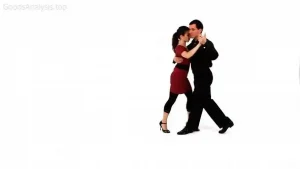
Conclusion: Dance Is for Everyone
Starting to dance is an adventure, no matter your age or background. It offers physical, emotional, and social benefits that go beyond just the steps. Sure, there might be some bumps along the way, but with the right mindset and a bit of persistence, dancing can become an enjoyable, enriching part of your life.
So, put on your dancing shoes (or just your socks) and let the music move you. Because remember, life’s too short not to dance.

